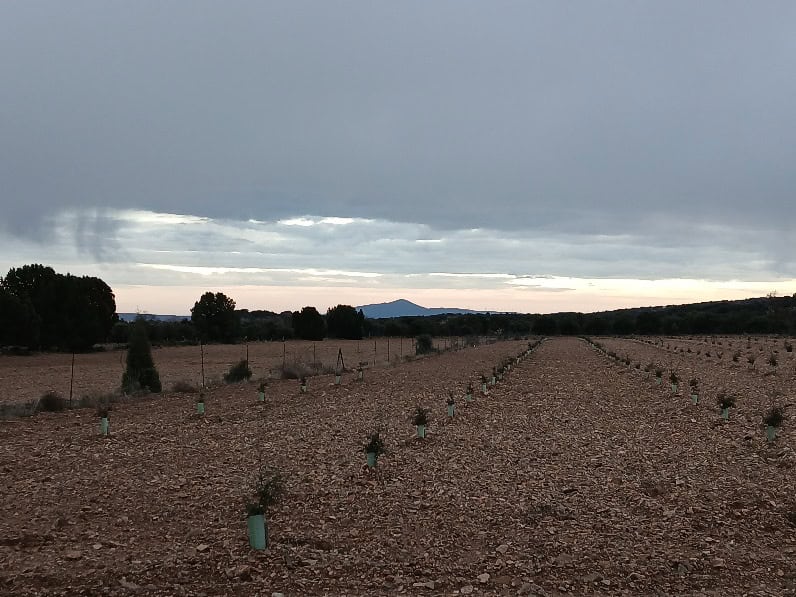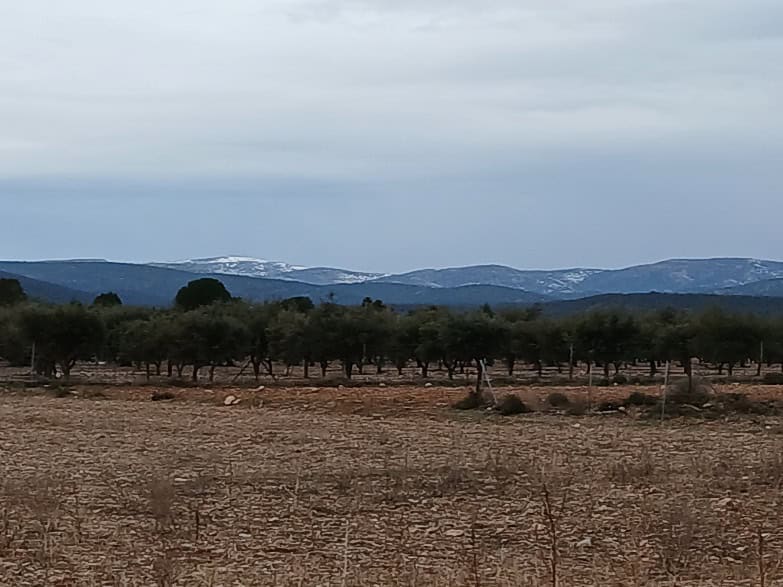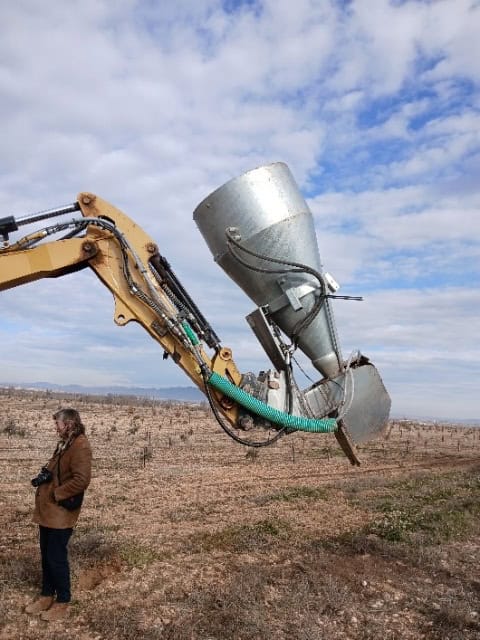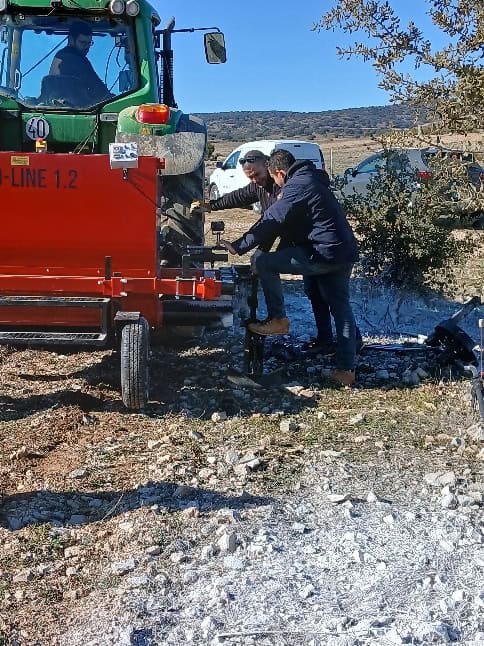Update from Dave Whalley (NZTA President)
Greetings fellow members and potential truffle growing enthusiasts.
I’ve been aware of the NZ truffle industry for a couple of decades, and during my time as NZTA president, I’ve gained deeper insight into its current challenges. One area that stands out is our continued reliance on general, and often outdated, guidelines for truffière establishment and management.
As a commercial horticulturist and consultant, I see this as a key area for improvement — one that could significantly enhance our industry’s long-term success. That said, I recognise this is a classic chicken-and-egg scenario: meaningful research and funding often follow industry scale and proven economic potential.
Compared to other southern hemisphere countries where truffle production is expanding rapidly, New Zealand’s relatively small and fragmented truffle sector has had limited access to consistent, coordinated funding. Addressing this could help us move toward a more unified and data-informed future for NZ truffle cultivation.
I am hoping to change this culture, but in the meantime, it is no surprise that growers look further afield for trends and methods for growing guidelines. I commend anyone who follows the likes of Noel Fitzpatrick (Australia), Marcos Morcillo Serra (Barcelona, Spain) or Luz Cocina Romero (Valencia, Spain). There are, of course, many others, which have good online information and videos on cultivation techniques etc. The trick of course, is, adapting information to not only NZ but to your own piece of ground.
I heard a weather forecaster use the expression recently; “In NZ it is always Spring”. No two seasons are the same and we don’t have consistent patterns that are associated with larger overseas land masses. Not only is our country a conglomeration of varied microclimates, but it also has many and varied pockets of soil types and management histories. I spend a lot of time assessing plantation blocks, looking at soil maps, digging profile pits and looking at historic imagery, to try and pre-empt future performance. There is no “one size fits all” template for growing truffle in NZ. Even where I’m based, the Rotorua basin has variations from one side of the lake to the other.
In February I attended two of MicoLab courses, run by Luz Cocina Romero’s in Puzol/Valencia. One in truffle plantation management (establishment through to marketing) and the other in microscopy (roots, spores, inoculation etc.). These courses follow on from the several, excellent, MicoLab presentations that are freely available online. I highly recommend these as investments for anyone who wants to know more about growing truffles. It was good to experience and discuss the standardised, proven growing practices in Spain (& Australia), that are still being queried in NZ. I thought I’d built up a fair bit of knowledge over the years, but I came away with a better understanding of what I’d been observing. This knowledge has encouraged me to change some of my management strategies, but also reassurance regarding some of my experimental techniques.
Spain is expanding its commercial production into marginal farming country at altitudes up to 1,000m ASL. Where the rainfall is sparse, seasonal temperatures are extreme (compared to NZ), and the soil is an unforgiving very stony loam. All of which requires modification to grow host truffle trees and host truffle mycorrhiza i.e. irrigation, cultivation and inputs of peat and other organic matter to help carry the organism. Holm oak grow as trees in NZ, but are large shrubs in Spain, with root spread areas to match.
Spain, like Australia, South America, Israel and South Africa are expanding large commercial sized enterprises, often with government support for research and development. But what struck me most is that NZ “should” theoretically have the ideal climate and soil structure ranges for truffle production (in places). And although our soils are many and varied, they can be modified (within reason) to produce economically feasible supplies of truffle. Two main attributes to successful commercial truffiere establishment and production levels are water supply and economy of scale. This is contrary to past, predominant thinking and models applied in NZ, e.g. many small plots and side-line operations.







